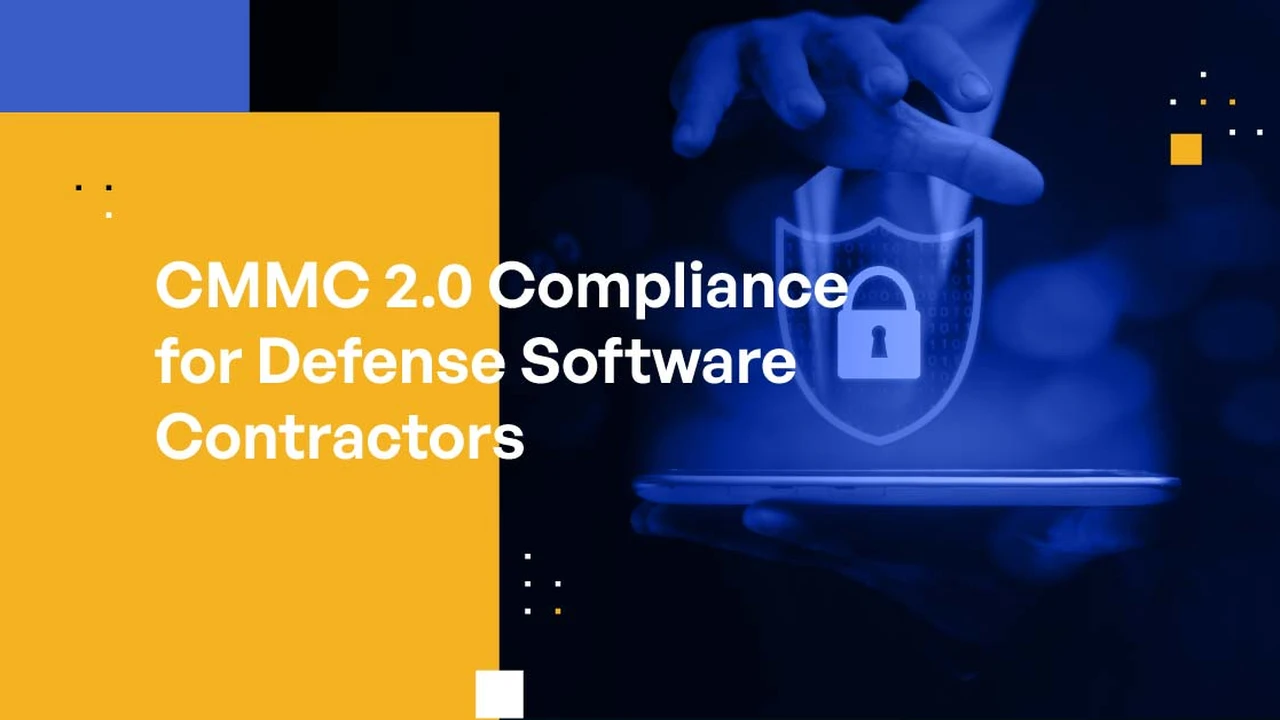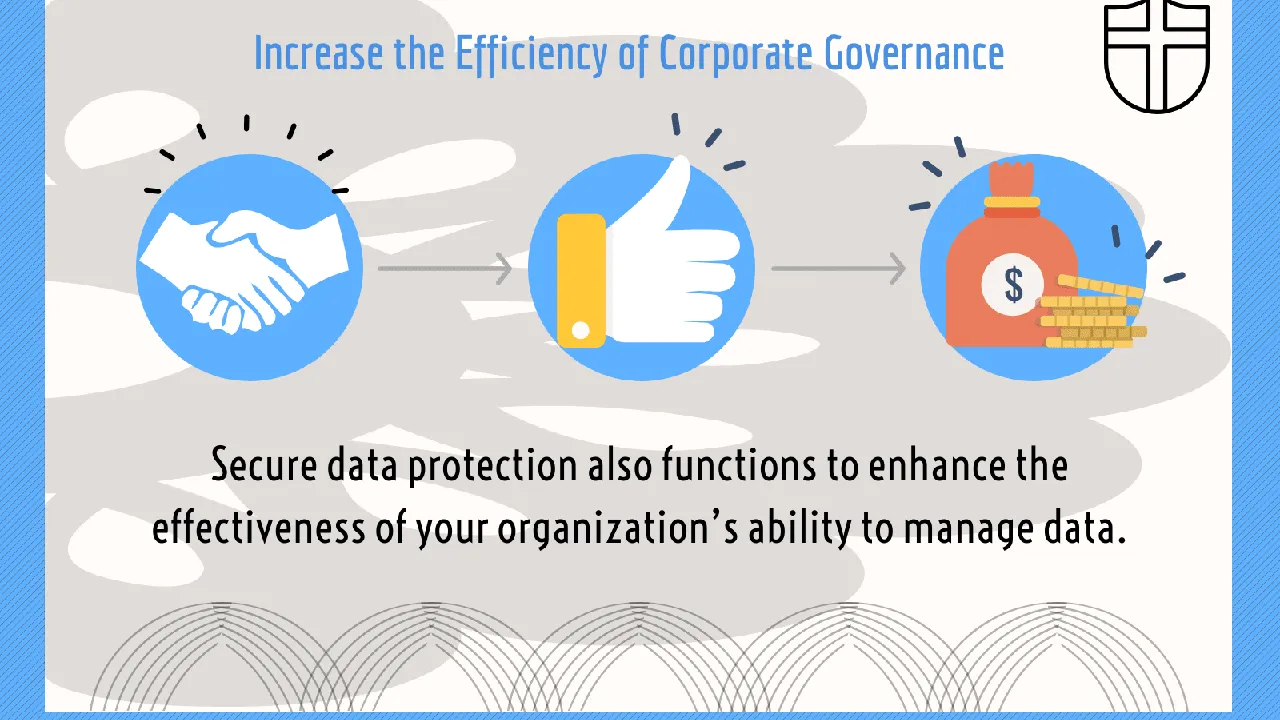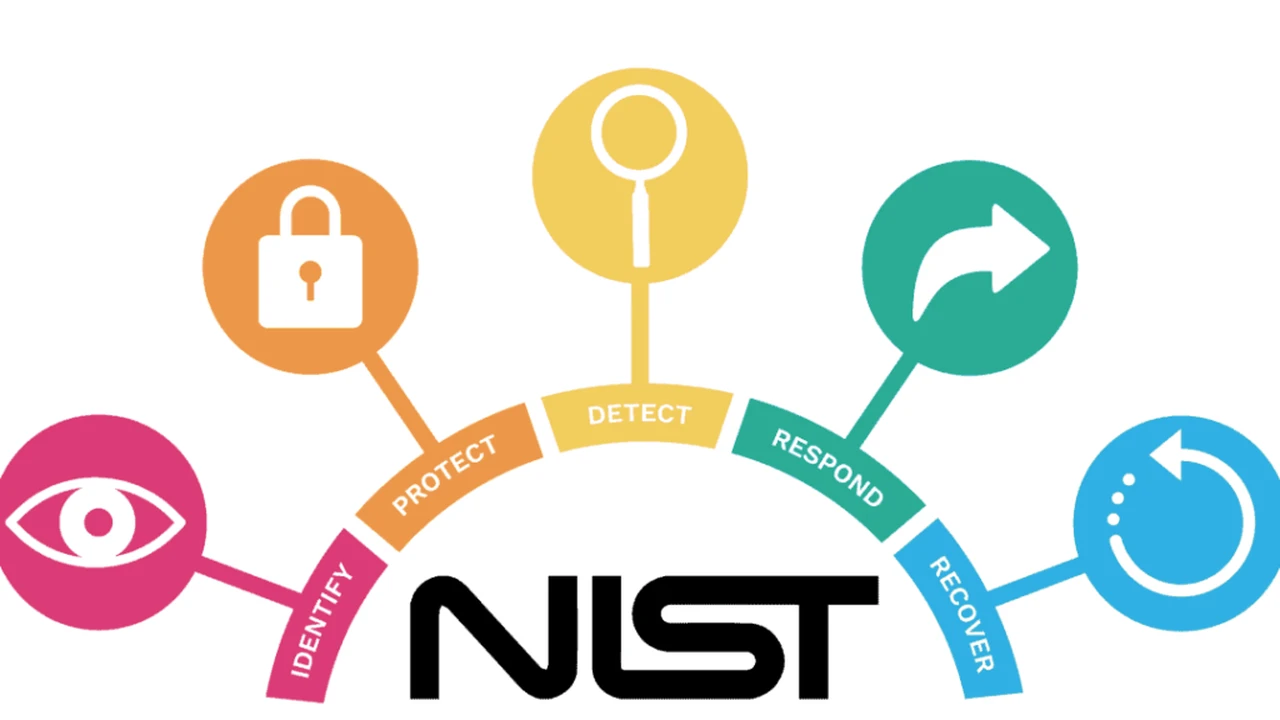GDPR Compliance Checklist for US and Southeast Asian Businesses
Ensure GDPR compliance for your US and Southeast Asian businesses. Follow our comprehensive checklist to protect personal data of EU citizens and avoid hefty fines.

Understanding GDPR Applicability to US and Southeast Asian Businesses
GDPR, or the General Data Protection Regulation, is a European Union law that governs the processing of personal data of individuals within the EU. But here's the kicker: it doesn't matter where your business is located. If you're processing the personal data of EU citizens, GDPR applies to you. This means US and Southeast Asian businesses need to pay attention.
Key Areas of GDPR Compliance for Global Businesses
GDPR compliance isn't just about ticking boxes; it's about fundamentally changing how you handle data. Let's break down some key areas:
Data Protection Officer (DPO) Appointment
Do you need a DPO? If you're a large organization processing sensitive data on a large scale, the answer is likely yes. A DPO is responsible for overseeing your data protection strategy and ensuring compliance.
Data Subject Rights
GDPR grants individuals several rights over their data, including the right to access, rectify, erase, restrict processing, and data portability. You need to have processes in place to handle these requests efficiently.
Lawful Basis for Processing
You can't just collect data for any reason. You need a lawful basis, such as consent, contract, legal obligation, vital interests, public interest, or legitimate interests. Consent needs to be explicit and freely given.
Data Breach Notification
If a data breach occurs, you have a strict timeline to notify the relevant authorities and affected individuals. This is typically within 72 hours of becoming aware of the breach.
Data Protection Impact Assessment (DPIA)
For high-risk processing activities, you need to conduct a DPIA to assess the potential impact on individuals' privacy. This helps you identify and mitigate risks.
Cross-Border Data Transfers
Transferring data outside the EU is restricted. You need to use mechanisms like Standard Contractual Clauses (SCCs) or Binding Corporate Rules (BCRs) to ensure adequate protection.
GDPR Compliance Checklist for US Businesses
Here's a checklist to get you started on your GDPR compliance journey:
- Appoint a DPO (if required): Determine if your organization meets the criteria for appointing a DPO.
- Update your privacy policy: Ensure it's transparent, easy to understand, and covers all aspects of data processing.
- Implement consent mechanisms: Obtain explicit consent for data processing activities.
- Establish procedures for data subject rights: Create processes for handling requests related to access, rectification, erasure, etc.
- Develop a data breach response plan: Outline steps for identifying, containing, and reporting data breaches.
- Conduct DPIAs for high-risk activities: Assess the potential impact of processing activities on individuals' privacy.
- Implement data security measures: Use encryption, access controls, and other security measures to protect data.
- Train employees on GDPR requirements: Educate your staff on their responsibilities under GDPR.
- Review contracts with third-party processors: Ensure they comply with GDPR requirements.
- Document your compliance efforts: Keep records of your policies, procedures, and activities.
GDPR Compliance Checklist for Southeast Asian Businesses
The checklist for Southeast Asian businesses is similar to the US checklist, but with some additional considerations:
- Understand local data protection laws: Be aware of the data protection laws in each country where you operate (e.g., Singapore's PDPA, Malaysia's PDPA).
- Adapt your privacy policy to local requirements: Ensure your privacy policy complies with both GDPR and local laws.
- Consider language requirements: Translate your privacy policy and other relevant documents into local languages.
- Address cultural nuances: Be sensitive to cultural differences in how individuals view privacy.
- Work with local legal counsel: Seek advice from lawyers who are familiar with both GDPR and local data protection laws.
Recommended GDPR Compliance Tools and Solutions
Navigating GDPR compliance can be complex. Here are some tools that can help:
OneTrust
Description: OneTrust is a comprehensive privacy management platform that offers solutions for data discovery, consent management, data subject rights, and more.
Use Cases: Managing consent preferences, automating data subject requests, conducting DPIAs, and ensuring compliance with various privacy regulations.
Pricing: Varies depending on the modules selected and the size of the organization. Contact OneTrust for a quote.
Comparison: OneTrust is a leader in the privacy management space, known for its comprehensive features and scalability. It's a good choice for large organizations with complex privacy requirements. Compared to smaller tools, it offers more advanced functionality but comes at a higher cost.
TrustArc
Description: TrustArc provides a range of privacy solutions, including privacy assessments, policy management, and consent management.
Use Cases: Conducting privacy risk assessments, creating and managing privacy policies, and obtaining and managing consent.
Pricing: Subscription-based pricing, with different tiers based on the features and number of users. Contact TrustArc for a quote.
Comparison: TrustArc is another well-established privacy management platform. It's known for its strong focus on privacy assessments and its ability to help organizations demonstrate compliance. It's a good alternative to OneTrust, particularly for organizations that prioritize risk management.
DataGrail
Description: DataGrail focuses on data discovery and data subject access requests (DSAR) automation.
Use Cases: Automatically discovering personal data across various systems, automating the DSAR process, and ensuring compliance with data subject rights.
Pricing: Subscription-based pricing, with different tiers based on the number of data sources and DSAR volume. Contact DataGrail for a quote.
Comparison: DataGrail is particularly strong in data discovery and DSAR automation. It's a good choice for organizations that struggle to find and manage personal data across their systems. While it may not be as comprehensive as OneTrust or TrustArc, it offers a specialized solution for key GDPR requirements.
CookieYes
Description: CookieYes is a consent management platform (CMP) that helps businesses comply with GDPR and ePrivacy Directive cookie consent requirements.
Use Cases: Obtaining and managing cookie consent from website visitors, displaying cookie banners, and ensuring compliance with cookie-related regulations.
Pricing: Offers both free and paid plans. Paid plans start at around $15 per month.
Comparison: CookieYes is a more focused solution compared to the comprehensive platforms like OneTrust and TrustArc. It's a good choice for businesses that primarily need to manage cookie consent on their websites. It's also more affordable than the larger platforms.
The Cost of Non-Compliance
Ignoring GDPR is a risky move. Fines can be up to 4% of your annual global turnover or €20 million, whichever is higher. Beyond the financial penalties, non-compliance can damage your reputation and erode customer trust.
Staying Updated with GDPR
GDPR is an evolving landscape. Stay informed about changes to the law and best practices by subscribing to industry newsletters, attending webinars, and consulting with legal experts. It's a continuous process of learning and adaptation.
Remember...
GDPR compliance is more than just a legal obligation; it's a commitment to respecting individuals' privacy. By taking the necessary steps to comply, you can build trust with your customers and gain a competitive advantage.
:max_bytes(150000):strip_icc()/277019-baked-pork-chops-with-cream-of-mushroom-soup-DDMFS-beauty-4x3-BG-7505-5762b731cf30447d9cbbbbbf387beafa.jpg)






